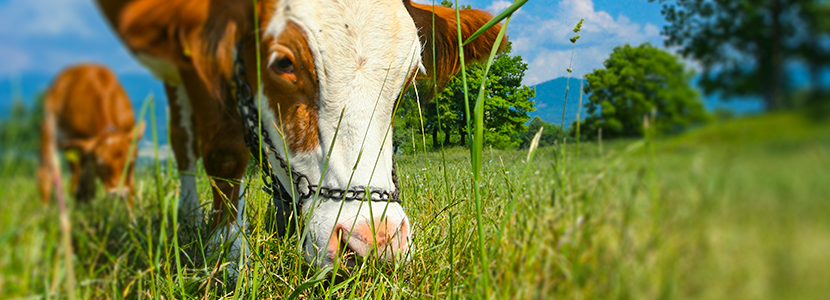 26 Aug 2022
26 Aug 2022
Protein levels in dairy cow diets are very important. However, excess protein levels can result in high nitrate concentrations and nitrous oxide release from slurry.
There is considerable public and government interest in lowering the environmental impacts associated with milk production while improving its sustainability.
An area of particular interest has to do with the reduction of nitrogen outputs through the use of low protein diets in dairy cattle. This is due to the high costs of feeds such as soybean meal, along with their associated environmental impact.
According to the DEFRA Clean Air Strategy (2019)almost 88% of ammonia emissions in the UK derive from agriculture, and 28% of these are due to dairy cattle production.
Researchers at Harper Adams University have aimed to address this issue by focusing on aspects such as: nitrogen, carbon and phosphorus reduction in dairy farms.
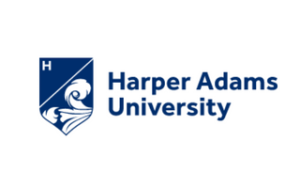
They have focused on home-grown forage legumes such as red clover, lucerne and forage pea silages. These forages contain higher protein content than that of traditional feeds such as grass silage. This makes them an interesting feed alternative, as they require less protein protein supplementation. With the added benefit of not requiring artificial nitrogen sources in the form of fertilizers,as they can naturally fix it from the atmosphere.
Advantages of red clover inclusion
Research at Harper Adams is concentrating on dietary inclusion of home-grown forage legumes, such as red clover:
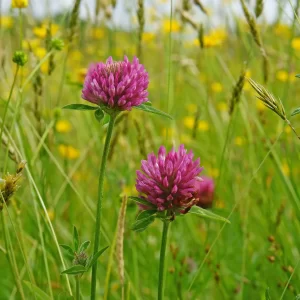
Protein reduction in cow diets
The research at Harper Adams, which was funded by the Agricultural and Horticultural Development Board (AHDB), also revealed that the protein content of dairy cow rations can be reduced from around 175 to 150g/kg DM without affecting performance. Considering that the diet is properly formulated to meet the requirements of the rumen microbiota and that of the cow.
“This can reduce purchased feed costs by around 0.5 to 1ppl and will also reduce the amount of N excreted in the urine by around 20kg/cow/year or 50kg N/ha when applied back to the land. These are both very exciting and important findings for dairy farmers,” said Liam Sinclair, Professor of Animal Science at Harper Adams.
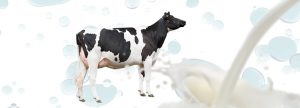
“Only about 25% of the protein that a dairy cow consumes ends up in the milk, but by lowering the protein in the diet to 15% we were able to increase this to 35%. This is a tremendous improvement and means that less N is excreted that could end up in watercourses.” he said.
Negative effects of over-feeding minerals
Speaking at the Danish Dairy Cattle and Beef Conference recently, Sinclair also presented research focusing on the negative environmental and health effects of mineral over-feeding in cows. Which includes minerals such as: phosphorus and copper.
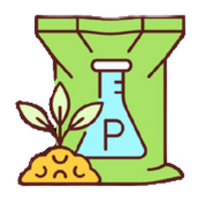
Over-feeding of copper can have a negative effect on cow health, fertility and performance, according to research for the AHDB , which says the majority of dairy farms in the UK are feeding between 2 and 3 times the recommended dietary concentration of copper (Cu) to cows.
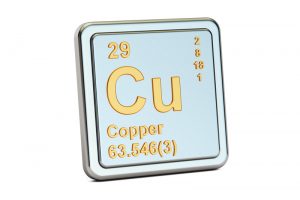 Researchers have found that farmers are not following the recommended guideline of 11mg/kg DM and around 38% of cattle at slaughter have liver Cu concentrations that are either very high or toxic. Over-feeding Cu can result in toxicity and death but in the absence of mortality there may be negative effects on health and performance.
Researchers have found that farmers are not following the recommended guideline of 11mg/kg DM and around 38% of cattle at slaughter have liver Cu concentrations that are either very high or toxic. Over-feeding Cu can result in toxicity and death but in the absence of mortality there may be negative effects on health and performance.
AHDB says the benefits from avoiding over-feeding Cu could be between £28.25 and £64 per cow. For a 150 cow dairy herd the potential benefit could be between £4,00 and £9,500 per year.
What is NPN, and what advantages are there in replacing it with natural protein sources?
NPN refers to components such as urea, biuret, and ammonium bicarbonate, which are not proteins but can be converted into proteins by microbes in the rumen. Contrary to popular opinion, most dairy cattle receive substantial amounts of NPN.
Many natural feeds such as pastures, hays, and especially silages contain an appreciable percentage of NPN.
The profitability of substituting NPN for natural protein supplements in dairy cattle diets depends on several factors including the cost of the NPN source, the relative price of the natural protein which is being replaced, and the animal response from substitution, usually reflected in changes in milk yields.
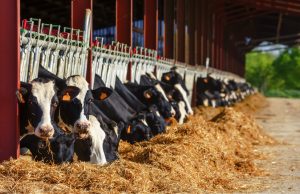
Source: Abstract taken and modified from:” Reducing environmental impact of milk production by feeding lower protein diets and forage legumes.”
Subscribe now to the technical magazine of animal nutrition
AUTHORS

Hybrid Rye Potential in Laying Hen Feed Rations
Gwendolyn Jones
A day in the life of phosphorus in pigs: Part I
Rafael Duran Giménez-Rico
Use of enzymes in diets for ruminants
Braulio de la Calle Campos
Minerals and Hoof Health in the Pregnant Sow
Juan Gabriel Espino
Impact of Oxidized Fats on Swine Reproduction and Offspring
Maria Alejandra Perez Alvarado